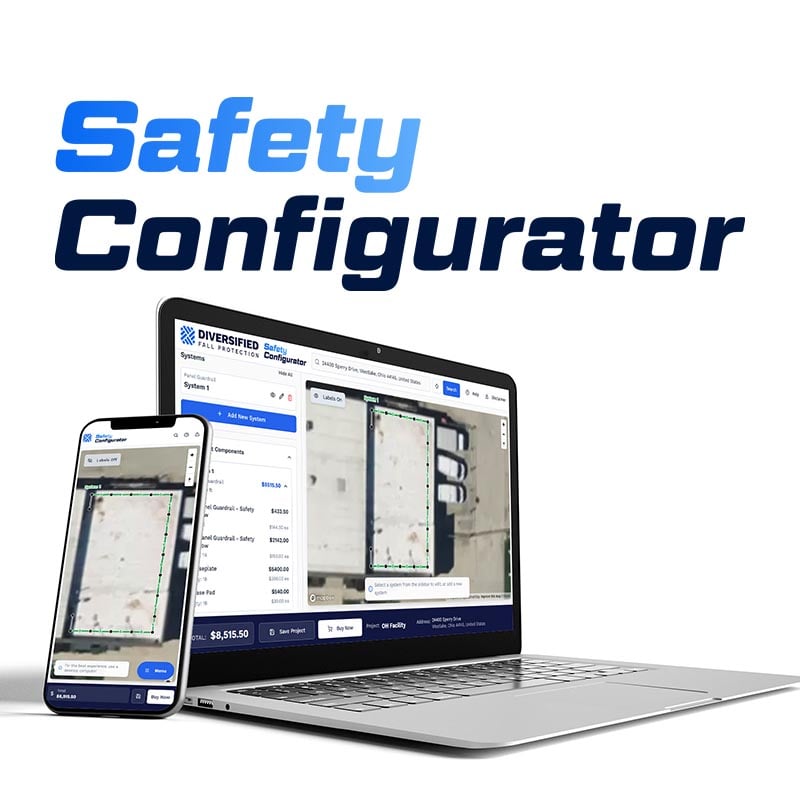Trauma Straps
In the event of a fall, Trauma Safety Straps allow suspended workers to stand up in their harness and to relieve the pressure being applied to the arteries and veins in the the legs. A continuous loop design allows both sides of the harness to relieve pressure being applied to the legs. Trauma straps accommodate either having one foot or both feet in the loop at a time. In addition to relieving constricted blood flow, a trauma strap allows for better balance and mobility while suspended and waiting for rescue.

Design Considerations
- Prevent suspension trauma after a fall
- Fast and efficient harness installation
- Extremely compact and lightweight design stays out of the worker's way
- Simple deployment and operation is fool-proof
- Continuous loop design for one or two-foot suspension relief without pinching
- OSHA Compliant
OSHA Regulations
Rescue and Descent
- Personal Fall Arrest Systems: System performance criteria. In addition to the general requirements in paragraph (c) of this section, the employer must ensure that personal fall arrest systems: 1910.140(d)(1)(i)
- Limit the maximum arresting force on the employee to 1,800 pounds (8 kN); 1910.140(d)(1)(ii)
- Bring the employee to a complete stop and limit the maximum deceleration distance the employee travels to 3.5 feet (1.1 m); 1910.140(d)(1)(iii)
- Have sufficient strength to withstand twice the potential impact energy of the employee free falling a distance of 6 feet (1.8 m), or the free fall distance permitted by the system; and... 1910.140(d)(1)(iv)
- Sustain the employee within the system/strap configuration without making contact with the employee's neck and chin area. 1910.140(d)(1)(v)
- On any horizontal lifeline that may become a vertical lifeline, the device used to connect to the horizontal lifeline is capable of locking in both directions on the lifeline. 1910.140(d)(2)(ii)
- Personal fall arrest systems are rigged in such a manner that the employee cannot free fall more than 6 feet (1.8 m) or contact a lower level. A free fall may be more than 6 feet (1.8 m) provided the employer can demonstrate the manufacturer designed the system to allow a free fall of more than 6 feet and tested the system to ensure a maximum arresting force of 1,800 pounds (8 kN) is not exceeded. 1910.140(d)(3)
- Body belts. Body belts are prohibited as part of a personal fall arrest system.

b-1.jpg?width=1368&height=1340&name=Rail%20(175)b-1.jpg)

